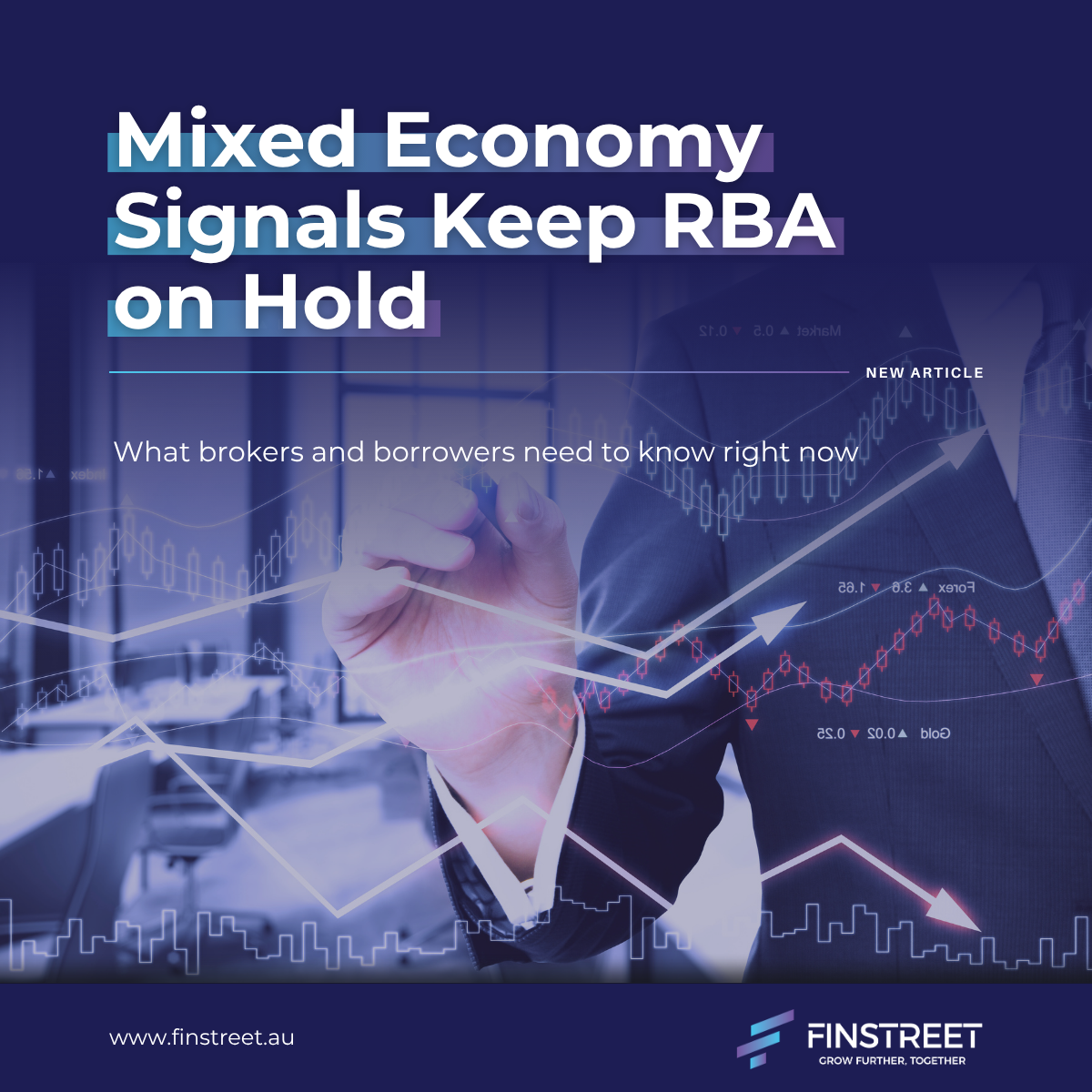02/10/2025
The Reserve Bank of Australia has opted to leave the cash rate at 3.60% in its September meeting, aligning with broad expectations from economists and financial institutions. But what do the latest analyses and news reports add to our understanding – and how should you interpret this for your personal finances?
What the experts are saying
Unanimous forecasts and cautious mood
In the run-up to the meeting, a Reuters survey found that all 39 economists polled expected the RBA to hold the rate at 3.60%, citing inflation pressures and uncertainty over economic growth. Likewise, a Finder survey saw more than 30 experts agree unanimously on a hold for September.
Westpac’s economists have echoed this view, saying the RBA will maintain a “wait and see” approach in September, but leave the door open for a possible cut in November.
A “hawkish hold” and signals for next moves
Some analysts describe the RBA’s tone around today’s decision as a “hawkish hold” – meaning the bank held the rate despite arguments for a cut, and may now be less inclined to move quickly. The central bank emphasised that upcoming inflation data and labour market numbers will be key in shaping its next steps.
Governor Michele Bullock declined to reaffirm a clear “easing bias” recently, instead signalling that 3.60% is only a little restrictive rather than deeply so. That suggests the RBA believes the economy could absorb the current rate environment for now.
Inflation as both anchor and worry
While inflation is within the 2–3% target band, its recent rise to 3.0% in August raises caution. The RBA has flagged upside risks from business cost pressures, which could feed into higher prices if margins are squeezed.
In some quarters, there’s scepticism of government measures to assist first-home buyers — in part because, without boosting housing supply, such policies risk adding fuel to already intense market demand.
What this means for household borrowers and property seekers
Don’t assume cuts – plan around holds
Given the cautious stance from the RBA and the mixed signals in commentary, it’s risky to assume rate cuts are just around the corner. Many commentators now expect a cut in November, but others believe cuts may be delayed until 2026. NAB, for example, has suggested no further reductions until May 2026.
So instead of banking on relief, borrowers should focus on what they can control: reviewing their mortgage structure, talking with lenders about potential reductions, or exploring refinancing options before rates change.
Increased importance on non-major lenders and brokers
Several commentators urge borrowers not to limit themselves to large banks. Non-bank lenders or second-tier institutions offer competitive home loan products, often accessible only through mortgage brokers. Engaging a broker earlier can help you assess these alternatives sooner, rather than scrambling after a rate move.
First home buyers: opportunity and risk
For first home buyers, timing and preparedness matter more than ever. With no certainty of cuts soon and price pressures intact, entering the market prematurely can be costly. But the planned expansion of the Home Guarantee Scheme (allowing 5% deposits) presents a tangible opportunity for many. Industry voices say brokers should engage with first home buyers now, guiding them through the scheme and helping manage expectations.
That said, Governor Bullock has cautioned that housing push policies may take two years or more before they alleviate affordability issues meaningfully.



